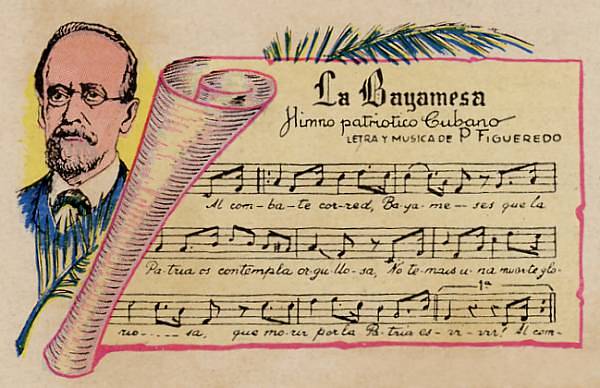3.1 The evolution of Cuban poetry in the period 1868 – 1898, modernism

Although the lyrical expression of the independence movement prevailed during this period, whether as a call or testimony to the struggle and not just as an abstract ideology, our entire poetics cannot be limited to this, not even to the political panorama in which the independence movement, although predominant, was in conflict with other ideological expressions, both fundamentalist and annexationist, which also demanded spaces for expression.
The anthology “Arpas Amigas” (Friendly Harps) of 1879 dates from the period of the Ten Years’ War and the subsequent disenchantment and the paths it would lead to in poetry. Its quality is uneven in terms of the texts reviewed but it expresses the spirit of Cuban poetry in that period, where some ontological questions, not reducible to the political, were emerging, which were left adrift due to the breakdown of faith and the insufficient response of the positivist worldview.
The decline of Romanticism and the first hints of Modernism intersect in this period; although Modernism itself begins, according to Pedro Henríquez Ureña, with the publication of “Ismaelillo” in 1882; other scholars believe that while Martí possesses precursor traits of Modernism, not all of his poetry falls within this movement.
Julián del Casal achieved the closest expression to modernism within this first stage, although not clearly in “Hojas al viento” (Leaves in the Wind), from 1890, which reveals a poetics still powerfully influenced by Romanticism; but rather in “Nieve” (Snow), from 1892, which can be considered a central collection of poems in Cuban poetry marked by this movement, as it serves as a creative reference for a group of creators from the last decade of the nineteenth century and beyond.
Among Casal’s followers who achieved poetic heights were Juana Borrero and the brothers Carlos Pío and Federico Uhrbach; although the contours of modernism were not fully established on the island, unlike in other Latin American contexts. The case of Juana Borrero is regrettable, as she died without achieving the full potential of her poetic talents.
Although some still consider that modernism in Cuba was somewhat diffuse as a movement, it implicitly contains an exteriorist conception of it, based on metric-rhythmic renewal and the exoticism of its orientalist symbols.
However, delving a little deeper, it can be seen that around Julián del Casal and José Martí – two different embodiments of the movement, with greater intellectual charge in the case of Martí, who was also a renovator of ideas – there were sustained features of this current, (with the biases of the death in the last decade of the century of many of its cultivators) nuanced by the patriotic accents that became more powerful in the last five years.








